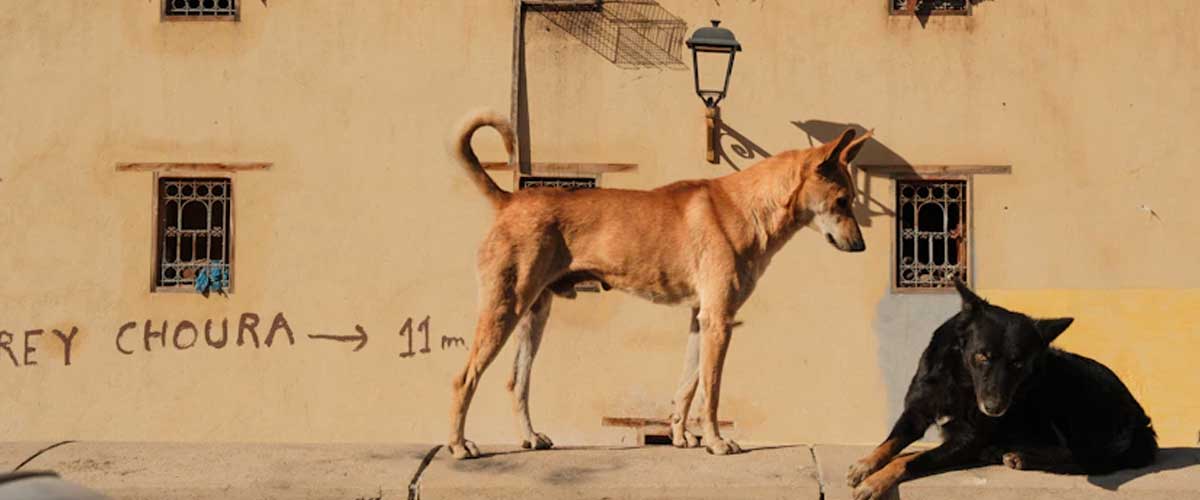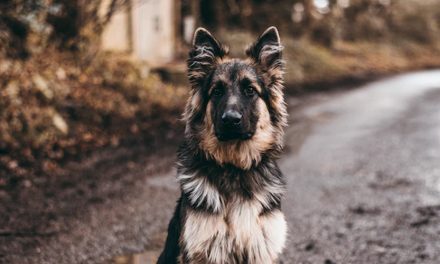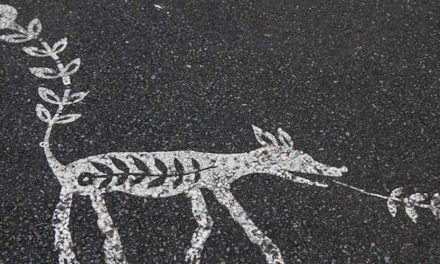Throughout history, dogs have proven to be much more than just pets; they have served as loyal companions in the most pivotal moments of human history.
Their unwavering loyalty and instinctive empathy have shaped events, cultures, and relationships in profound ways.
Dogs in History
One of the most notable historical figures accompanied by a dog was George Washington.
His beloved canine, a greyhound named “Sweetlips,” not only provided comfort to the first President but also stood as a symbol of loyalty and companionship during the tumultuous times of the American Revolution.
Similarly, during World War I, the famous stray dog “Stubby” became a mascot and hero for American soldiers, helping to locate injured comrades and even capturing an enemy soldier.
Stubby the Stray Dog
Stubby’s actions not only boosted troop morale but also highlighted the critical roles that dogs can play in wartime.
In contemporary times, service dogs have transformed countless lives, assisting veterans and civilians alike with disabilities, PTSD, and emotional challenges.
These dogs forge deep connections with their human counterparts, reminding us of the bond shared across species—a bond built on mutual trust and loyalty.
Moreover, dogs have significantly influenced human relationships, often serving as social catalysts.
They bring people together in parks, neighborhoods, and communities, fostering connections among strangers.
Historical Significance of Dogs
Studies have shown that dog owners are perceived as more approachable and friendly, illustrating how these faithful companions enhance human interactions.
As we reflect on the historical significance of dogs, we recognize them not simply as pets but as vital contributors to human experience.
From battlefields to our homes, their loyalty and love have shaped our lives in immeasurable ways, reminding us of the profound impact these animals have on our journey through history.










